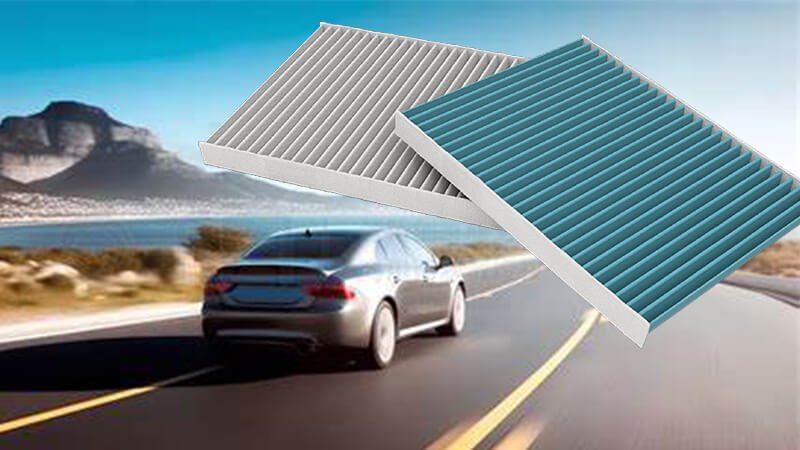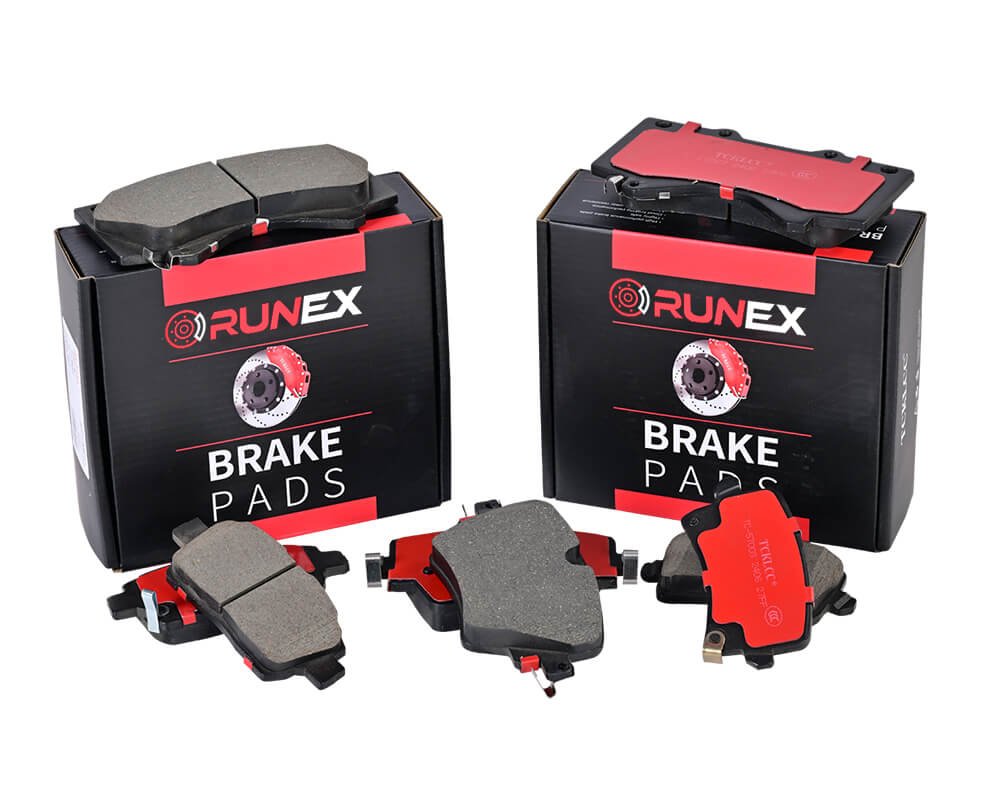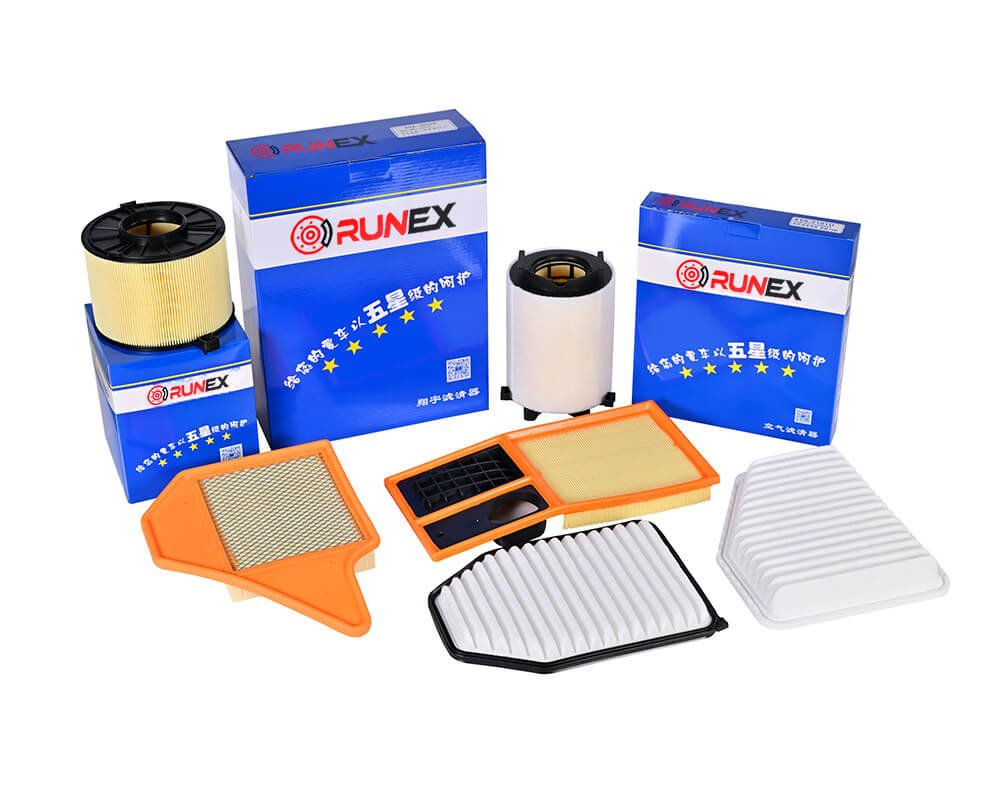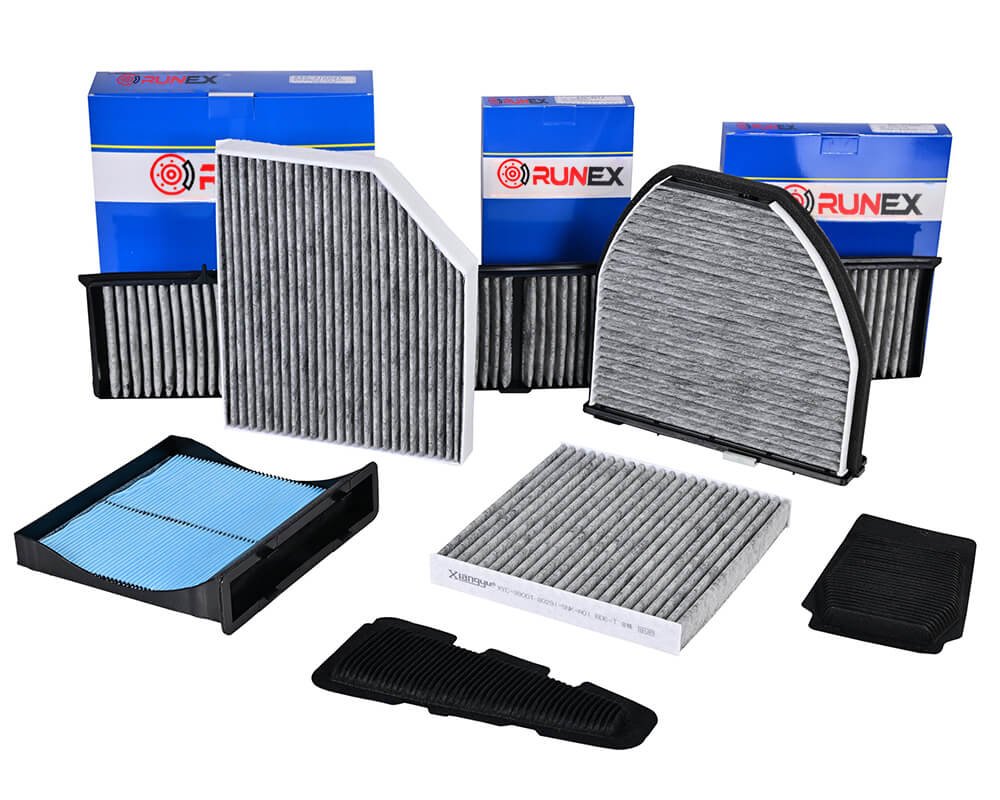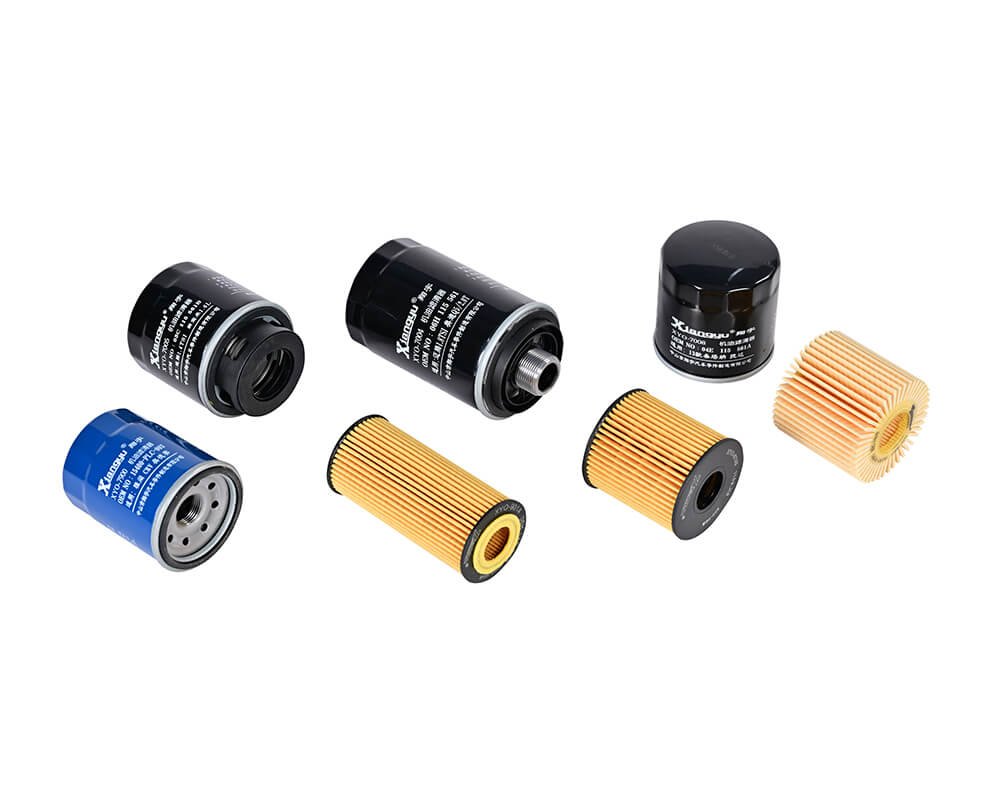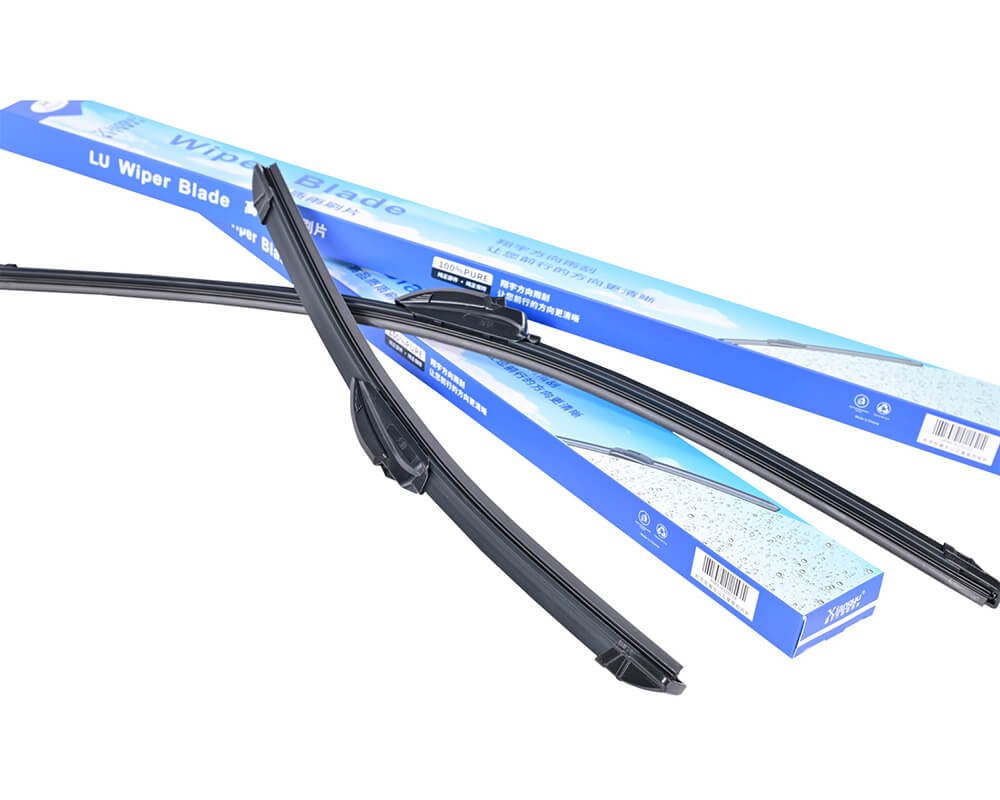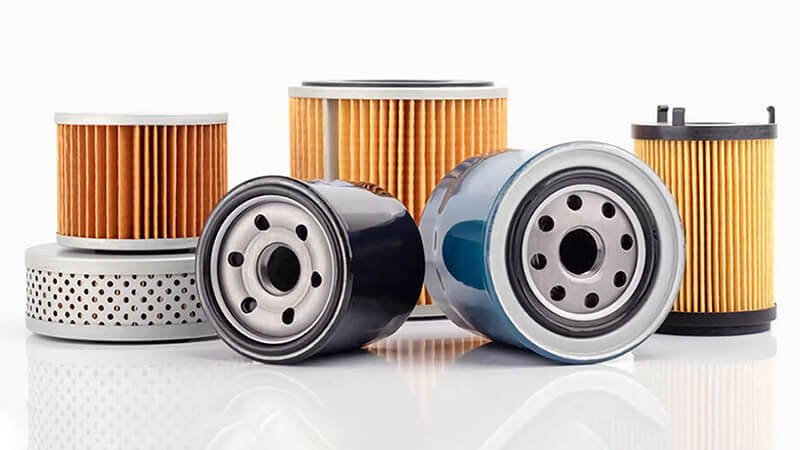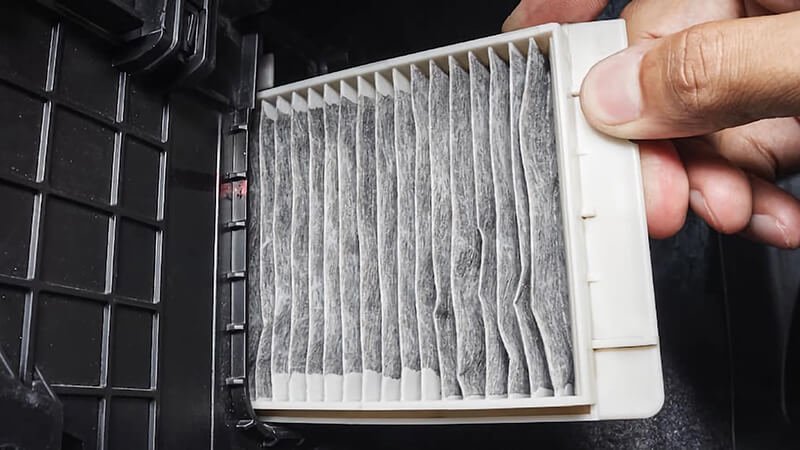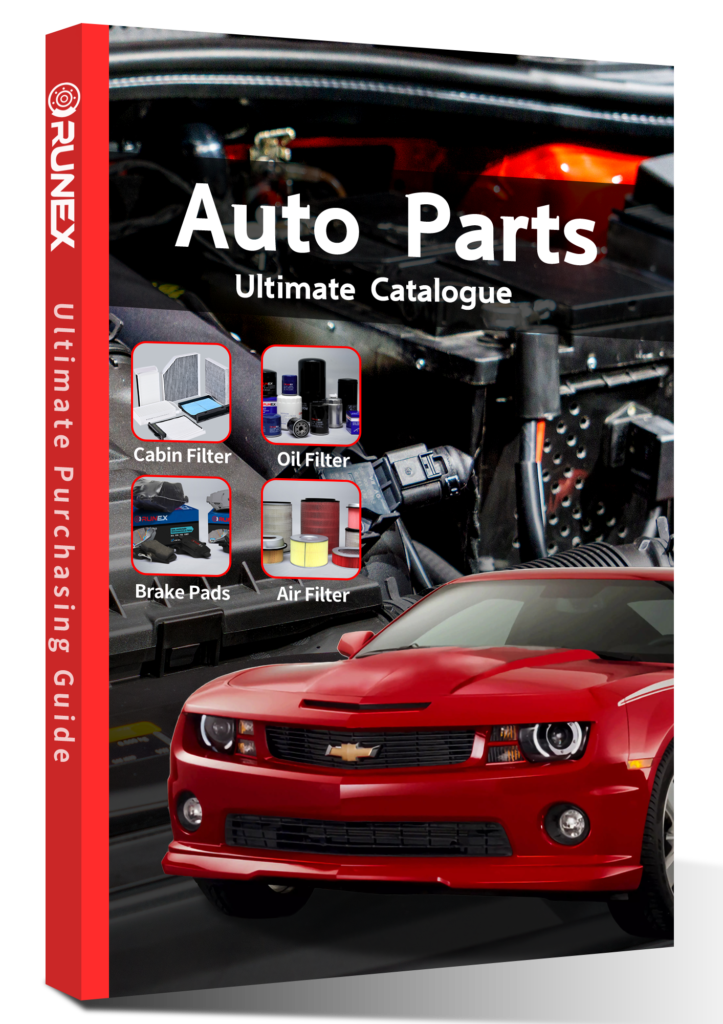Modern engines demand clean air, but dirty filters seem to clog faster than ever. Is your air filter turning black too quickly? You’re not alone—and the fix might be simpler than you think.
Your air filter gets dirty fast because of environmental factors like dust, pollution, and driving near construction zones. Choosing a high-quality filter can dramatically reduce how often you need to replace it.
Drivers often think all filters are the same. They're not. After helping countless distributors and fleet managers, I’ve learned that one small spec change can save thousands—if not reputations.

Why does my car air filter get dirty quickly?
Many assume filters are faulty when they clog up too soon. But that’s rarely the full story. Let’s look at the real causes.
Your car air filter collects more dirt in high-traffic, dusty, or polluted environments. These conditions speed up clogging, especially if the filter lacks dust-holding capacity.
Understanding what’s really happening
Most of my clients operate in cities or near industrial zones. One distributor in Spain had a fleet of light-duty vans, all needing new filters monthly. His techs were annoyed. His clients were frustrated. After we dug into the issue, we found that:
- 60% of their driving was within 3 miles of construction or industrial areas
- Air quality index in their zones exceeded 100 on most days
- They were using basic paper filters with limited surface area
I recommended our Runex high-efficiency air filters1 with pleated synthetic media. These are designed for heavy dust exposure. Within 2 months, the average replacement interval increased from 30 days to 70 days.
Environmental Factor Comparison Table
| Driving Condition | Filter Lifespan (Standard) | Filter Lifespan (Runex Air Filter) |
|---|---|---|
| Urban/Heavy Traffic | 1-2 months | 2-3 months |
| Near Construction Zones | <1 month | 1.5–2.5 months |
| Rural/Low-Dust Environment | 3–4 months | 5–6 months |
Our synthetic filters2 don’t just resist clogging better—they trap more particles while keeping airflow steady.

Why is my air filter black after 1 month?
Nothing’s more frustrating than seeing a filter turn black just weeks after an oil change. But black doesn’t always mean broken.
If your air filter turns black fast, it's usually due to soot, dust, pollen, or unburnt hydrocarbons in your environment. This is common in urban areas and near diesel engines or construction.
When “black” isn’t always bad
Let’s be clear: filters are supposed to get dirty. That’s their job. But how they handle dirt—that’s where quality counts.
One of our clients from the UK, a large parts distributor serving city-based delivery fleets, kept hearing from mechanics: “These filters look terrible after a month.” When I inspected a few returned ones, I saw black filters—but no structural collapse. That meant the filters were doing their job.
But I didn’t stop there. I offered them a switch to our Runex high-efficiency pleated media3 filters. These:
- Use synthetic multi-layered media4
- Trap more fine soot and airborne particles
- Retain shape and airflow integrity for longer periods
The result? Mechanics stopped complaining. Clients saw fewer filter-related warning lights. And Joe, the procurement lead, said:
“You saved my reputation with just one spec change.”

How can I make my air filter last longer?
No one likes changing filters every month. But is there a smart way to make them last?
You can make your air filter last longer by choosing filters with high dust-holding capacity, avoiding high-pollution areas, and performing regular under-hood inspections.
Preventative strategy makes the difference
Here’s what I tell clients like Joe Rich, procurement manager at Carlson Auto:
✅ Switch to higher-capacity filters
Runex filters5 use deep pleated design. More folds = more surface area = longer intervals.
✅ Schedule timely inspections
Don’t just wait for a dashboard alert. Pop the hood every oil change. Dust and visible blackening? Time to assess.
✅ Know your routes
If 80% of your delivery happens near roadwork or industrial parks, standard filters won’t last. Use premium options6.
✅ Educate your customers
Many distributors don’t pass this knowledge down. A simple infographic or handout explaining local air quality impact can reduce filter returns.
Filter Maintenance Strategy Table
| Action | Impact on Filter Life | Cost |
|---|---|---|
| Upgrade to Runex Air Filters | +40–60% lifespan | $$ |
| Avoid dusty/high-pollution areas | +15–25% lifespan | Free |
| Inspect every oil change | +10–15% lifespan | Free |
| Add pre-filter layer (in fleets) | +30% lifespan | $$ |
I’ve worked with a logistics company in the Middle East whose delivery vans were failing emissions tests monthly. A quick filter change didn’t help. What worked was adding Runex’s dual-layer air filters, plus a pre-filter for sand exposure. In six months, failure rate dropped by 85%.
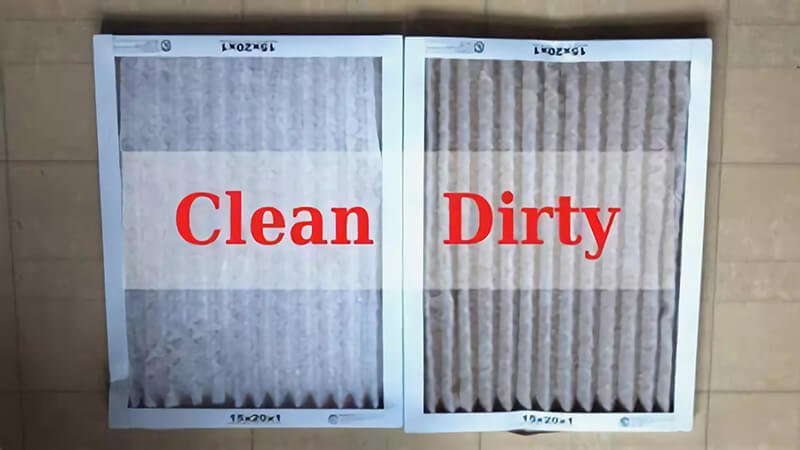
Why is my filter getting dirty so fast?
You might think it’s a product issue—but most of the time, it’s a mismatch between filter spec and operating conditions.
If your filter gets dirty too fast, it’s usually because it wasn’t designed for your environment. The right filter should match your dust load, airflow needs, and maintenance schedule.
Specs matter more than most people think
Let me share a case I handled last year. A fleet in Eastern Europe operating around coal yards complained:
“Filters clog every 3 weeks—we're burning through replacements.”
They were using a low-end brand not rated for fine particulate. I sent over a set of Runex Air Filters with enhanced dust-holding capacity7. They feature:
- 30% more media than conventional filters
- Reinforced frame to withstand harsh vibration
- Multi-stage filtration layers (pre-dust + fine filter)
The new filters lasted nearly 2 months. Mechanics noted improved throttle response and lower fuel odor.
This story repeats often. What people call “fast clogging8” is often just poor match-up between product and need.
Runex vs Generic Air Filters Comparison
| Feature | Generic Filter | Runex Air Filter |
|---|---|---|
| Pleated Surface Area | Standard | +30% |
| Dust Holding Capacity | ~100g | ~160g |
| Media Type | Single-layer paper | Synthetic multilayer |
| Frame Strength | Moderate | High (vibration tested) |
| Recommended Replacement Cycle | 1-2 months (urban) | 2-3+ months (urban) |
When specs align with real-world usage, filters don’t just last longer—they perform better throughout their lifespan.

Conclusion
If your air filter9 gets dirty too fast, the solution isn’t just more frequent replacements—it’s smarter sourcing. Filter lifespan depends on your environment, your driving conditions, and most importantly, your filter quality. At Runex Auto, we design our air filters to handle tough environments, whether your fleet runs in the city, across construction zones, or on dusty highways. Choosing the right filter saves time, money, and reputation.
-
Explore the advantages of high-efficiency air filters to understand how they can improve air quality and filter lifespan. ↩
-
Learn why synthetic filters outperform traditional paper filters in various environments, enhancing air quality and efficiency. ↩
-
Explore the advantages of Runex filters to understand how they can enhance performance and reliability in your applications. ↩
-
Learn about the technology behind synthetic multi-layered media and its impact on filtration efficiency and longevity. ↩
-
Explore the advantages of Runex filters to enhance air quality and filter lifespan, ensuring better performance for your vehicles. ↩
-
Discover the benefits of premium air filter options that can significantly enhance the lifespan and efficiency of your vehicle's filtration system. ↩
-
Discover how Runex Air Filters can improve performance and longevity, making them a smart choice for your filtration needs. ↩
-
Understanding the reasons behind fast clogging can help you choose the right filters and avoid frequent replacements. ↩
-
Find the best quality OEM Air Filter from Runex Auto. ↩

